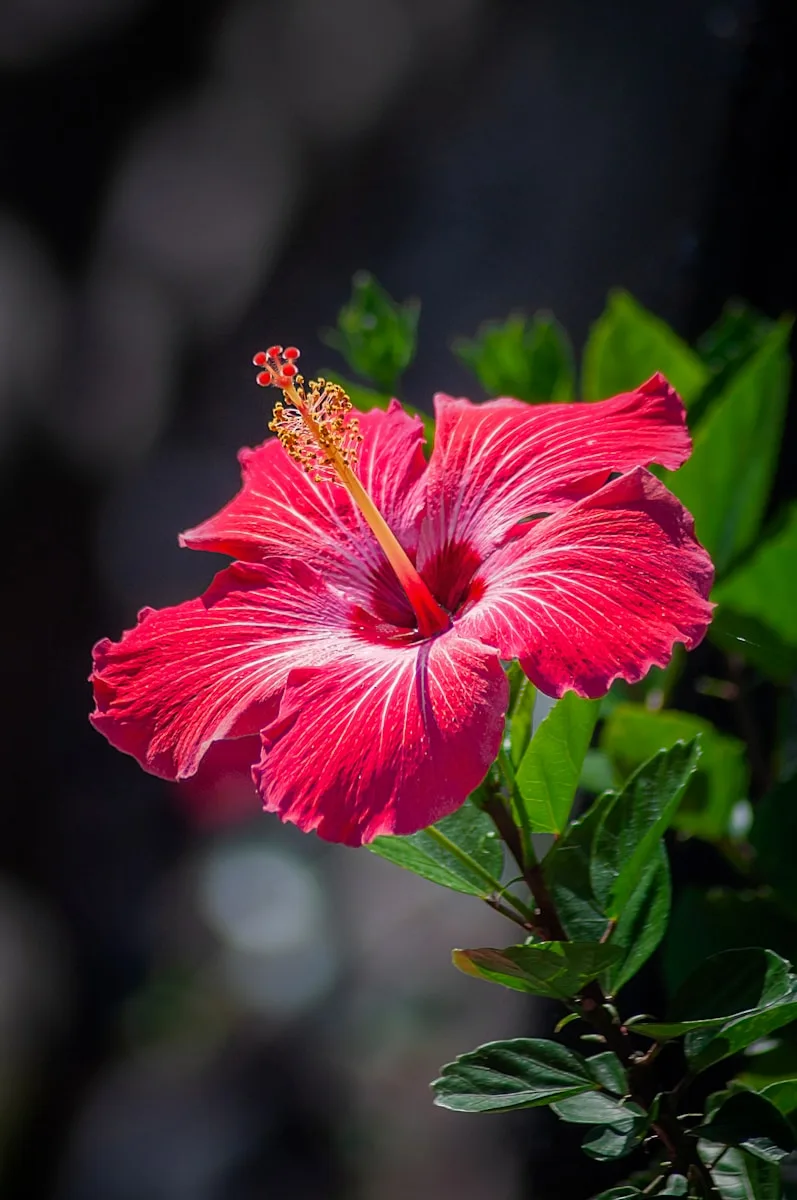Table of Contents
Shrub hibiscus are a visually arresting accent to any garden border. Learning how to grow hibiscus in your backyard will help you add color and impact that will appeal to gardeners looking for tropical garden ideas. Hibiscus is known for producing an abundance of colorful flowers.
Hibiscus bushes come in many colors, from deep purple to white and almost every shade, so there are many varieties to choose from. Furthermore, hibiscus are divided into hardy and delicate varieties, so most gardeners can choose a hibiscus that will thrive in their yard regardless of temperature, location or US hardiness zone.
Despite their well-known ease of cultivation, hibiscus bushes are sometimes misunderstood when they require deadheading once the flowers fade. Expert gardeners talk about whether deadheading hibiscus flowers is necessary and, if so, the most effective way to remove spent flowers.

Should I deadhead hibiscus flowers?
Deadheading flowers is an important process that can enhance the appearance of your plants and encourage additional flowers by stopping seed production. This short and simple gardening task only takes a few minutes, and is a useful practice to help gardeners slow down and stop.
For most annuals and perennials, deadheading is recommended, although for larger shrubs, this is not always necessary. So, we asked the experts if it is necessary for each type of hibiscus.
Hibiscus species that can benefit from deadheading

“When I’m looking for plants for my garden center and my home, I look for beautiful and rewarding plants, and tropical hibiscus are perfect for the job,” says Tricia Hunt, tropical plant specialist and owner of Millstone Plant Nursery. According to Tricia, tropical plants for pollinators and “can grow in US hardiness zones 9 to US hardiness zones 10 and above.”
Alternatively, they can be planted in colder climates if they are “protected during the cold winter months”. Therefore, it is important to understand how to remove hibiscus in winter.
“Tropical or temperate, hibiscus species keep their blooms well into fall,” adds Tricia. “These gorgeous shrubs will give you a vibrant color unlike any other plant with proper care and maintenance throughout the growing season.”
Deadheading tropical hibiscus plants in spring and summer is beneficial and regular ‘will encourage your plant to produce more attractive flowers.’
Tropical hibiscus plants can be grown in the ground if you live in a warm climate, but container gardening will be the best option for most people. Because of their limited growth and size, potted tropical hibiscus plants will be easy to deadhead. You may need a ladder to reach larger shrubs in the ground, but don’t stress about picking up every last fading blossom.
The goal is to collect as many fading flowers as you can so as not to waste energy making seeds. After that, the bush will continue to bloom more and more. To keep your shrub looking nice and full of flowers, remove as many fading flowers as possible, but don’t panic if some are out of reach.
Hibiscus rosa-sinensis or tropical hibiscus flowers are recommended to be removed every three to five days. It’s important to remember that deadheading hibiscus bloom regularly during the growing season because many of them open and fade in a few days. You can either use your hands to wriggle and break off the blooms, or you can use clean, sharp secateurs to remove fading blossoms and seed pods from the rootsaway from the shrub.
Tropical hibiscus shrubs are available from Nature Hills.

Felco Pruning Shears
The choice pruning shears of every professional gardener. Felco brand shears are prized for their high performance and perfect for all your cutting needs.
Hibiscus species that do not require deadheading

Most resilient native hibiscus plants usually don’t need their heads cut. Although pruning the spent flowers helps keep the shrubs looking their best, these species rarely produce another bloom as a result of this pruning technique.
These include the native Hibiscus moschutos, also known as Swamp Rose Mallow, and the Asian Hibiscus syriacus, known as Rose of Sharon. When the flowers start to fade, save the gardening work this year and leave these resilient plants alone. Deadheading every other day throughout the growing season is also impractical, as, as already mentioned, many of these hardy species can grow to large sizes when planted in the ground.
Tatiana Anderson, a tropical plant specialist and co-founder of Top Tropical, believes that some hardy native hibiscus species and varieties make excellent specimen shrubs or hedges for landscaping purposes. “To maintain a certain shape, these trees can be heavily pruned in the fall and winter.”
I advise gardeners to keep seedheads on these shrubs throughout the summer for decorative purposes and not to deadhead them. Although many people are concerned about some of the more aggressive types of seeds, Tatiana explains that you can avoid this by trimming hibiscus seeds before they spread, in late fall and winter.
Thus, understanding how to trim hibiscus and rose of Sharon is essential, and caring for your shrubs in the fall and winter will pay off. So, in general, I only keep deadhead hardy or native hibiscus bushes that are kept in pots, where it’s easy for the plants to look good. If not, skip the deadheading and remember to cut back your larger groundcover shrubs in fall and winter to reshape them and remove any seedheads.
Hardy hibiscus, including the rose of Sharon shrubs, are available to buy from Nature Hills.
READ | Grow This Vibrant Flower To See American Goldfinches Build Their Nests In Your Yard


4 thoughts on “Truth Unveiled: Find out if hibiscus flower deadheading is necessary for blooming gardens as expert gardeners share their cultivation secrets.”